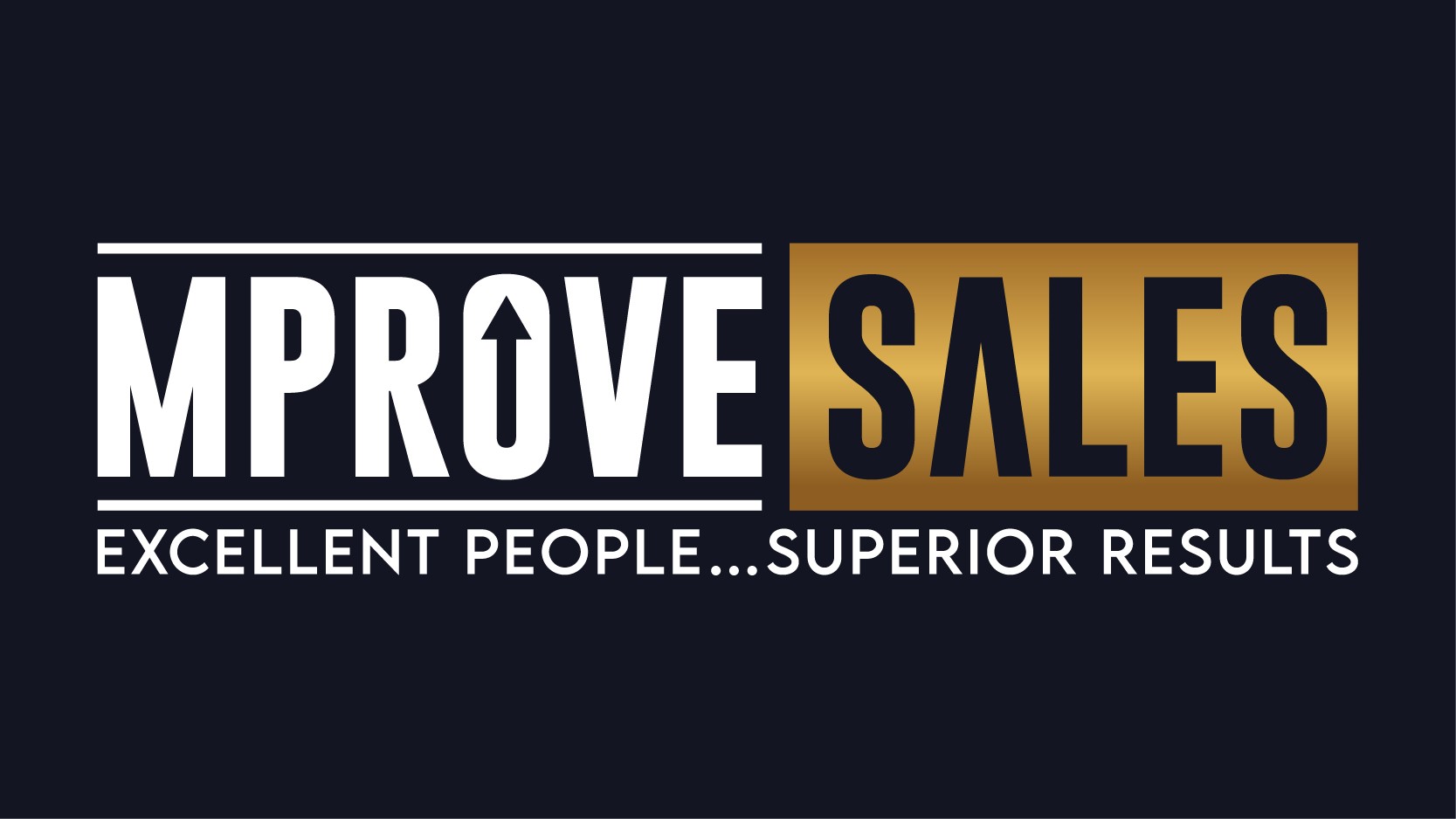Sales leaders lack confidence in their forecasts, as well as the expertise to improve them. Unformalized forecasting processes are a likely culprit.
- 93% of sales leaders are unable to forecast revenue within 5 percent, even with two weeks left in the quarter.
- Studies show from 53% to 60% of forecasted deals do not close.
- 67 %of organizations lack a formalized approach to forecasting altogether.
- 80% of sales orgs DO NOT have a forecast accuracy of greater than 75%.
- 55% of sales leaders do not have high confidence in their forecasting accuracy.
-
- CSO Insights and Gartner
Objectivity vs. Subjectivity
Objective information is verifiable by evidence and is measurable. An unbiased viewpoint merely states observations and facts, without commenting on them or adding one’s own opinions. You can introduce your own theories, as long as they’re backed with proof.
Subjectivity is the opposite of objectivity. A subjective claim is based on reality as seen through the individual’s perspective, and so it is affected by his or her values, beliefs, past experiences, feelings, and so on.
Subjectivity and bias are widely present in sales forecasts, and are likely contributors to inaccuracy. Eight in 10 firms acknowledge that their sales forecasts rely on salesperson judgment, and 68% of firms acknowledge salesperson bias in submitted forecasts.
The benefits of consistent use of an Opportunity Assessment forecast aid are unmistakably clear and use mostly objective criteria, with a smaller percentage weighted to subject measures. Cycle times improve, later stages flow more smoothly, up-sell revenue increases – and the sales team makes its targets. Objective and Predictable results are the output of an objective analysis – take time today to advance the effectiveness of your 2023 fourth quarter attainment.
If you’d like to take a closer look and actually use the Opportunity Assessment follow this link Opportunity Analysis
We hope your 4Q finishes as you have planned – best wishes for great success.
Jim Hale
303-697-6416

